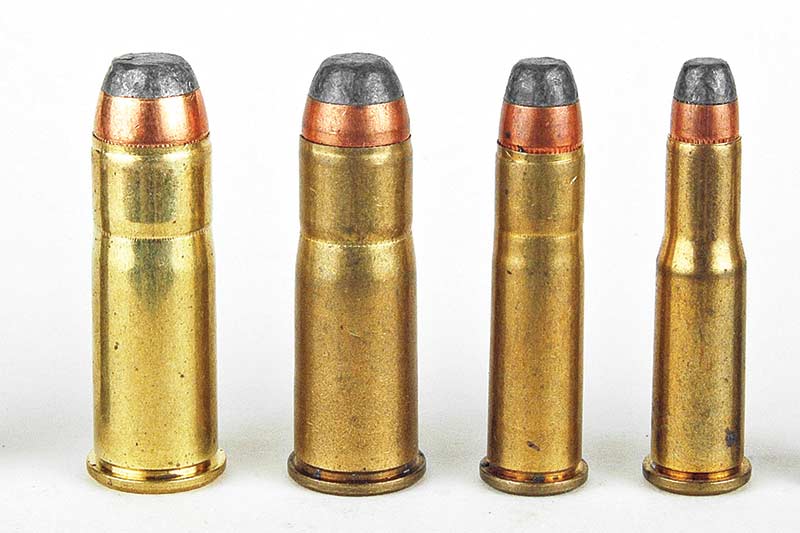Both 357 and 45 colt are fine cartridges for my purposes and while I favor the .45 colt, 357 brass and bullets are more economically obtained and I have a pile of .38 spl brass that can be reloaded to .357 velocities. But either are good working cartridges.
Too hard to get 25-20, 32-20, 38-40, or 44-40. Both ammo and components are not easy or cheap to find. .327 mag might be an interesting round.

|
   
   
|


|




 Reply With Quote
Reply With Quote














